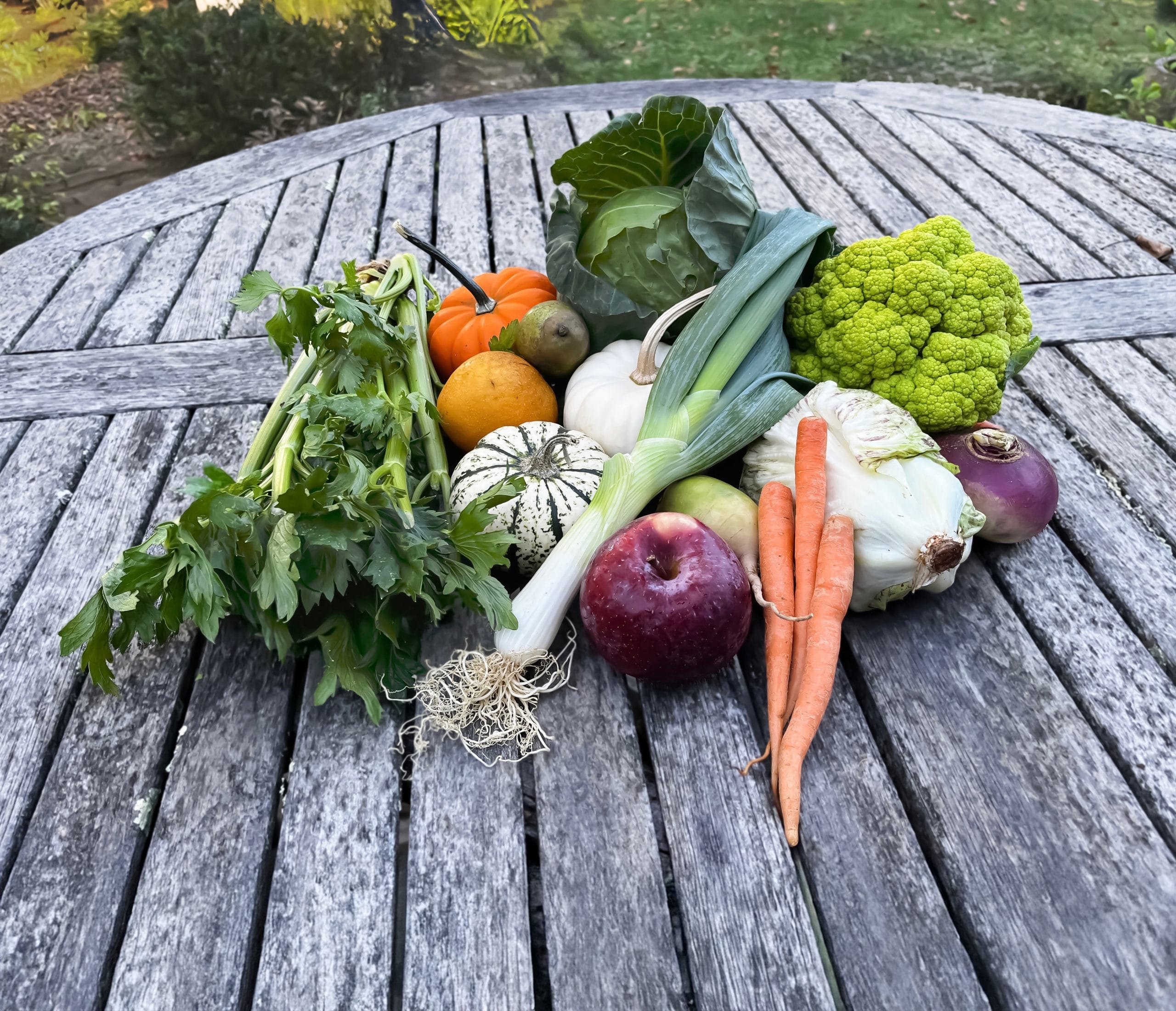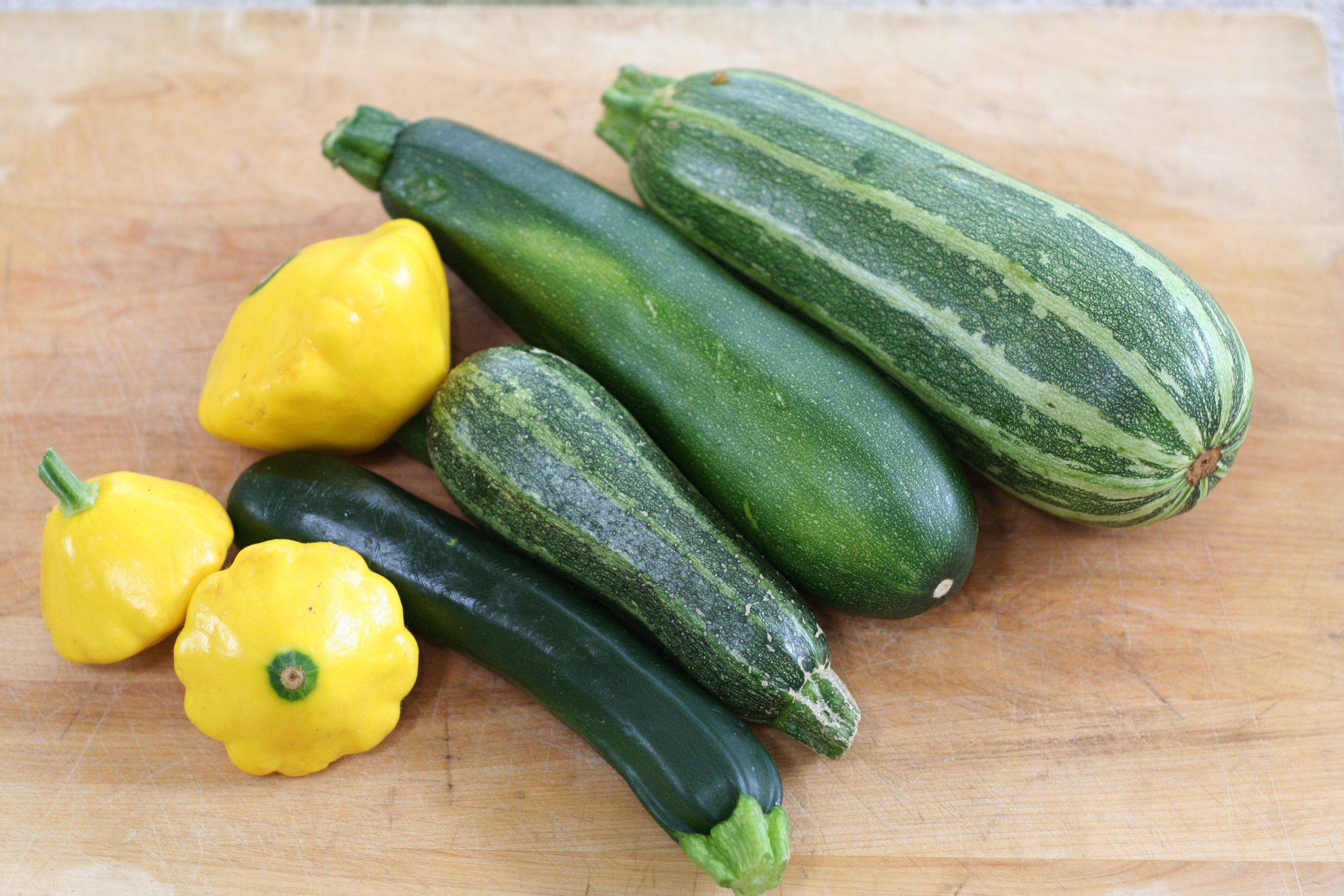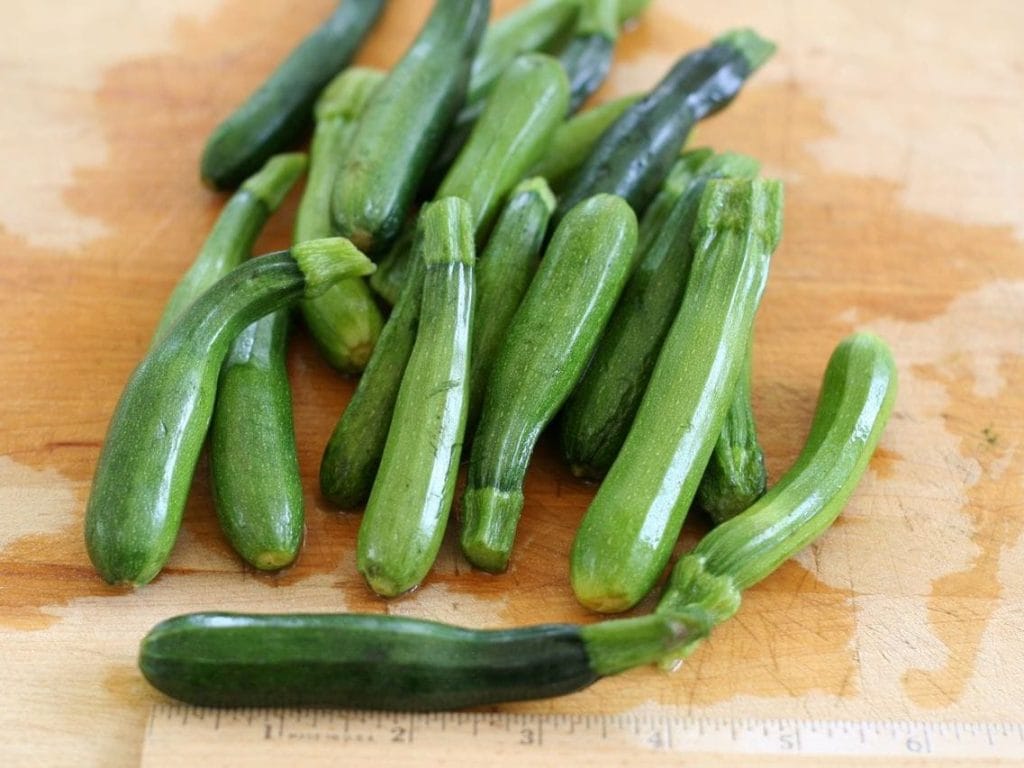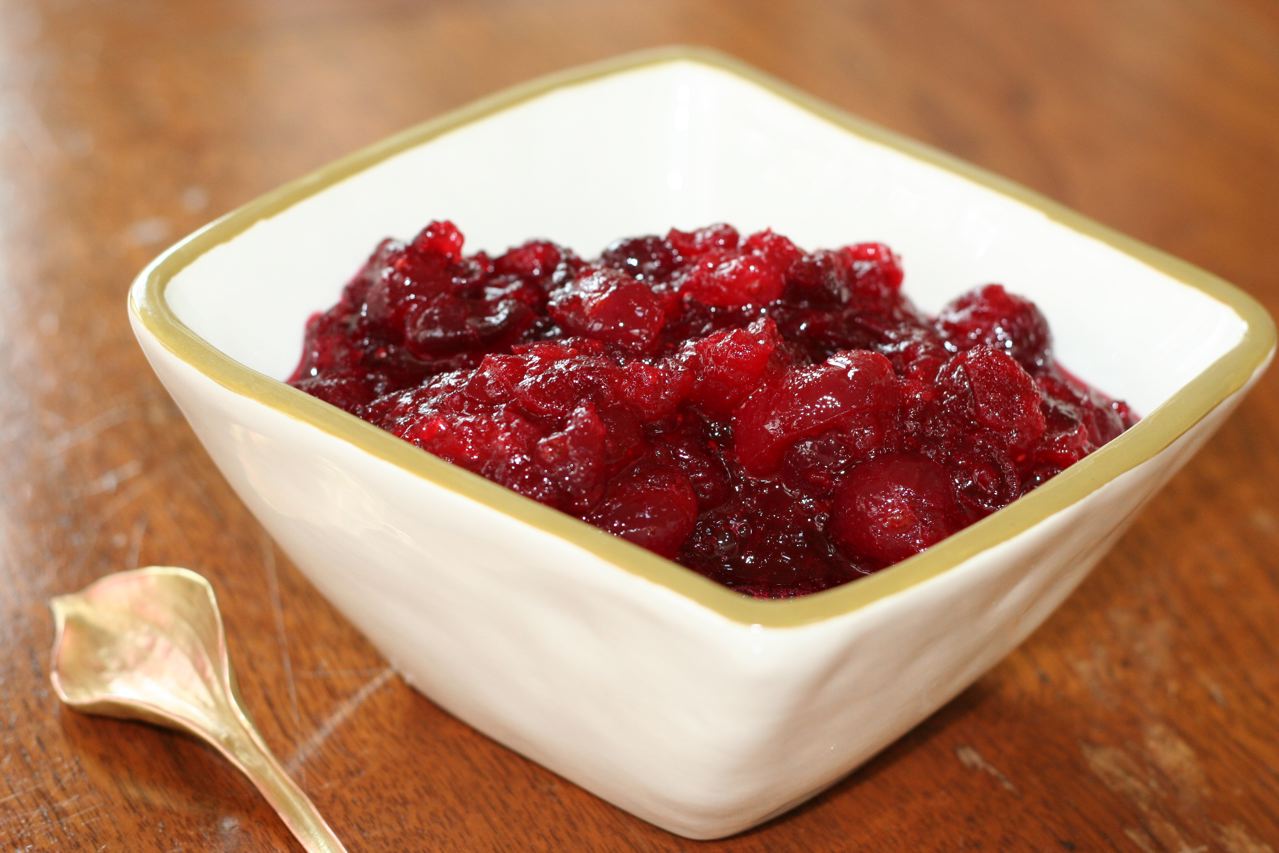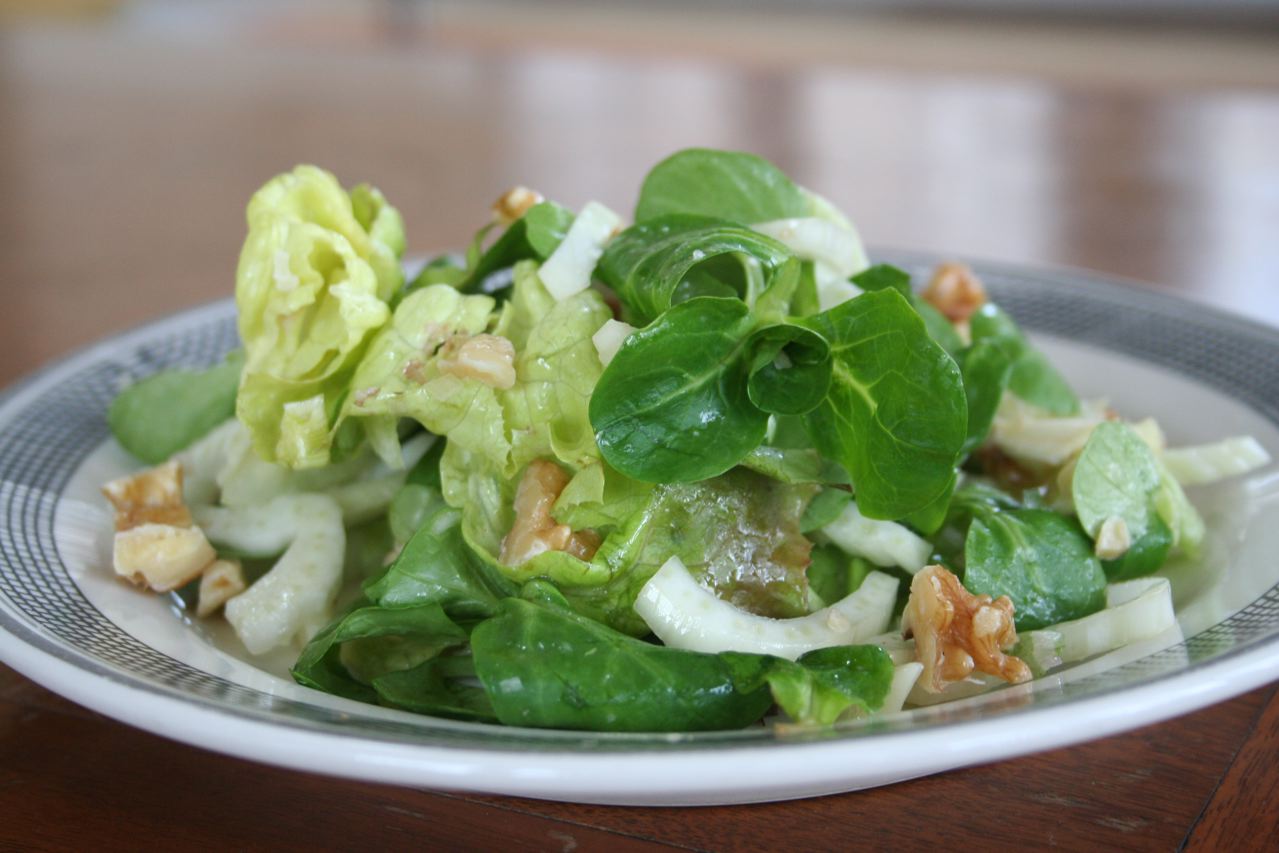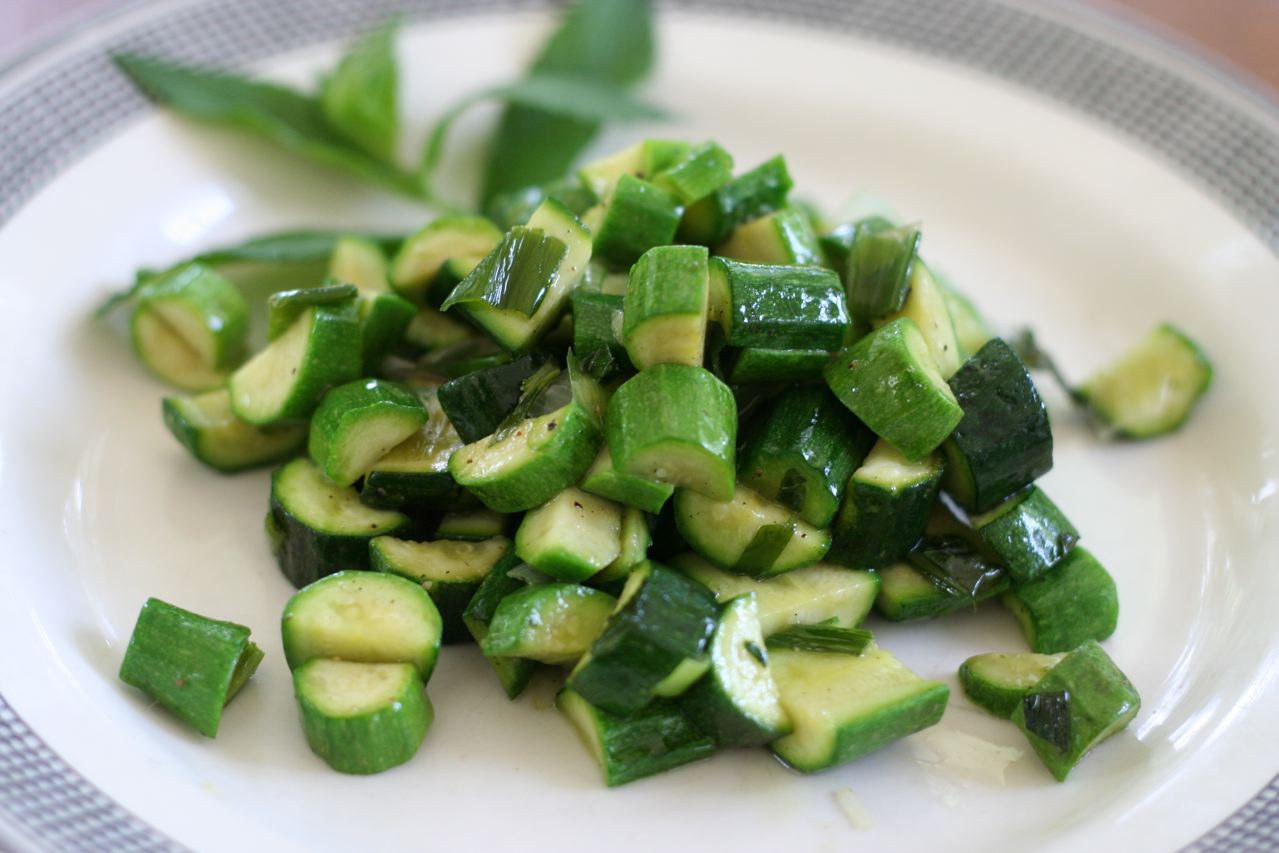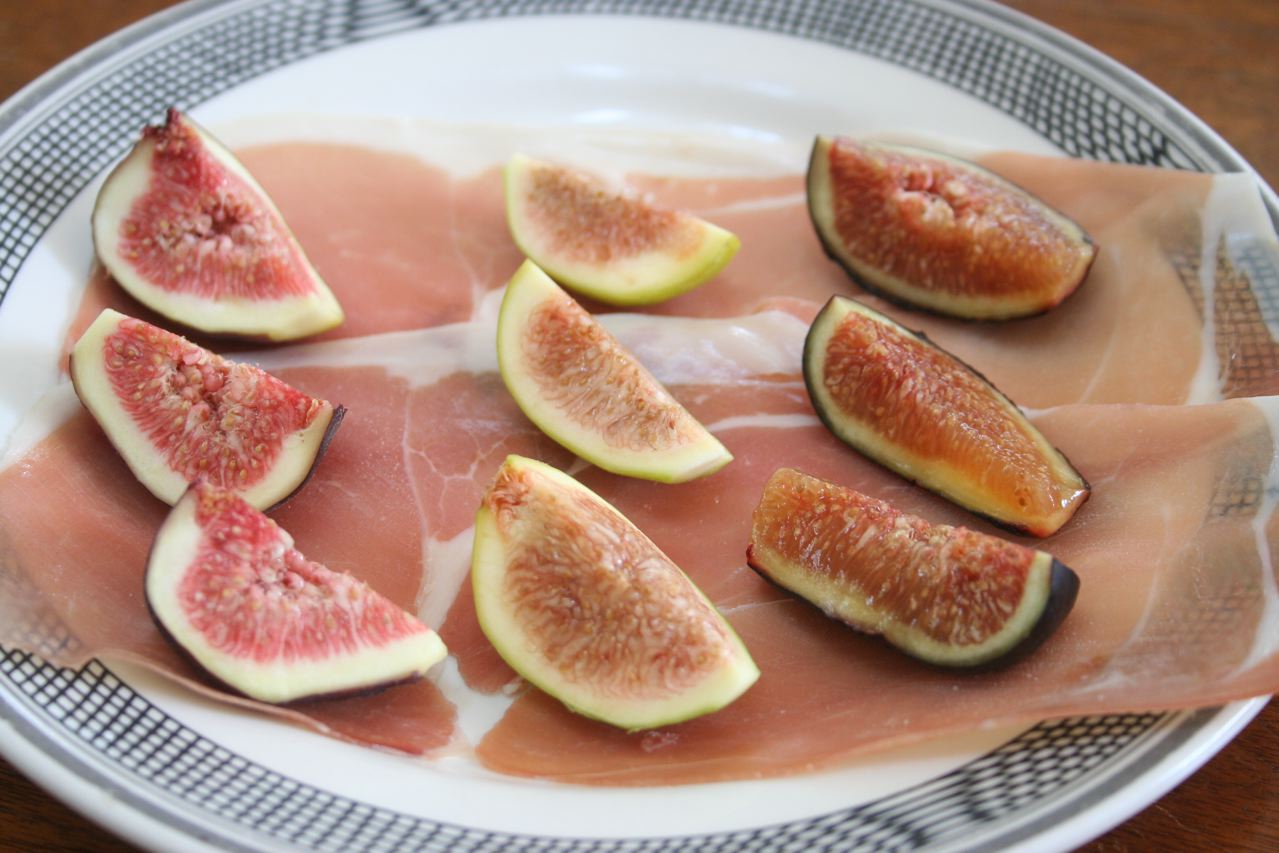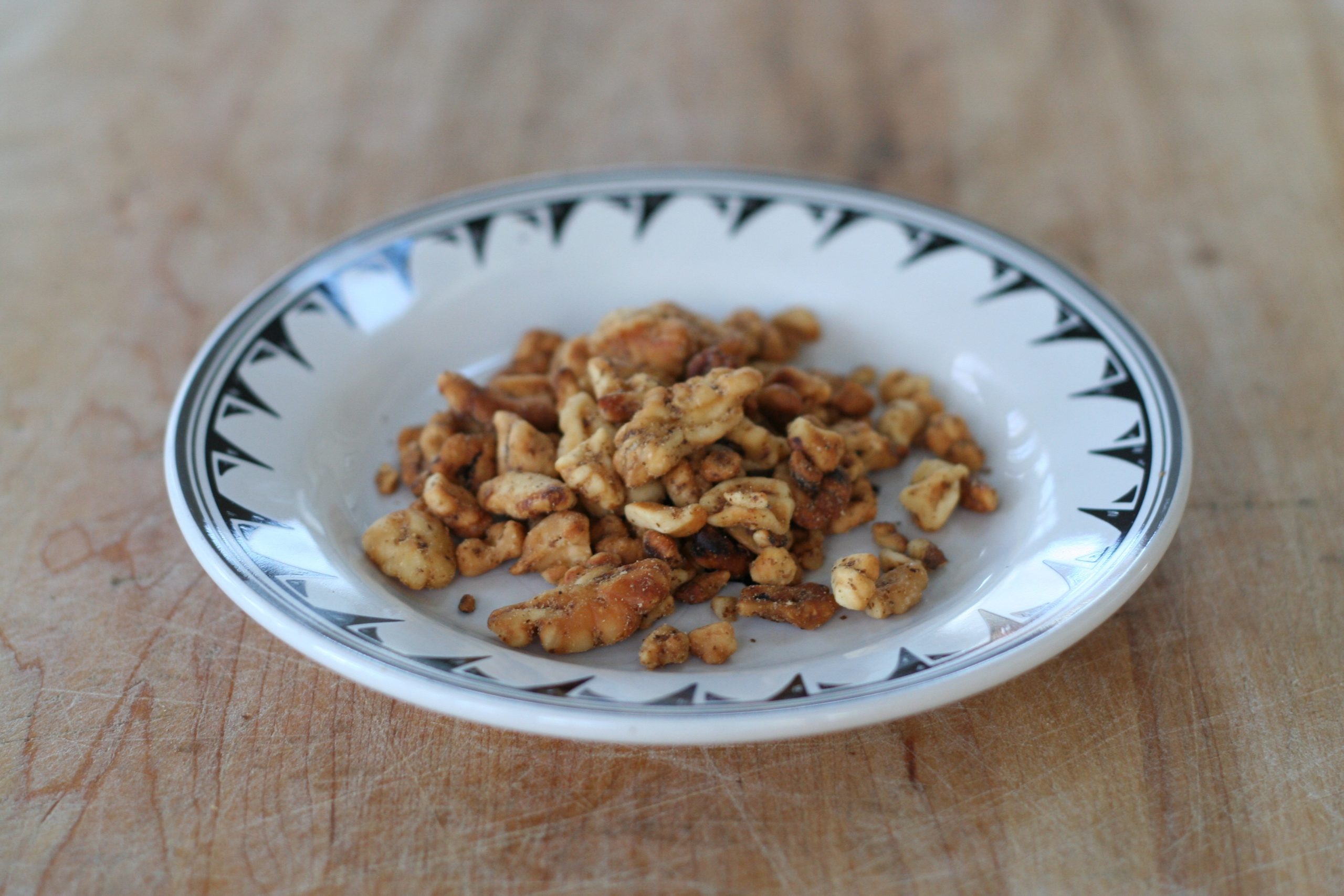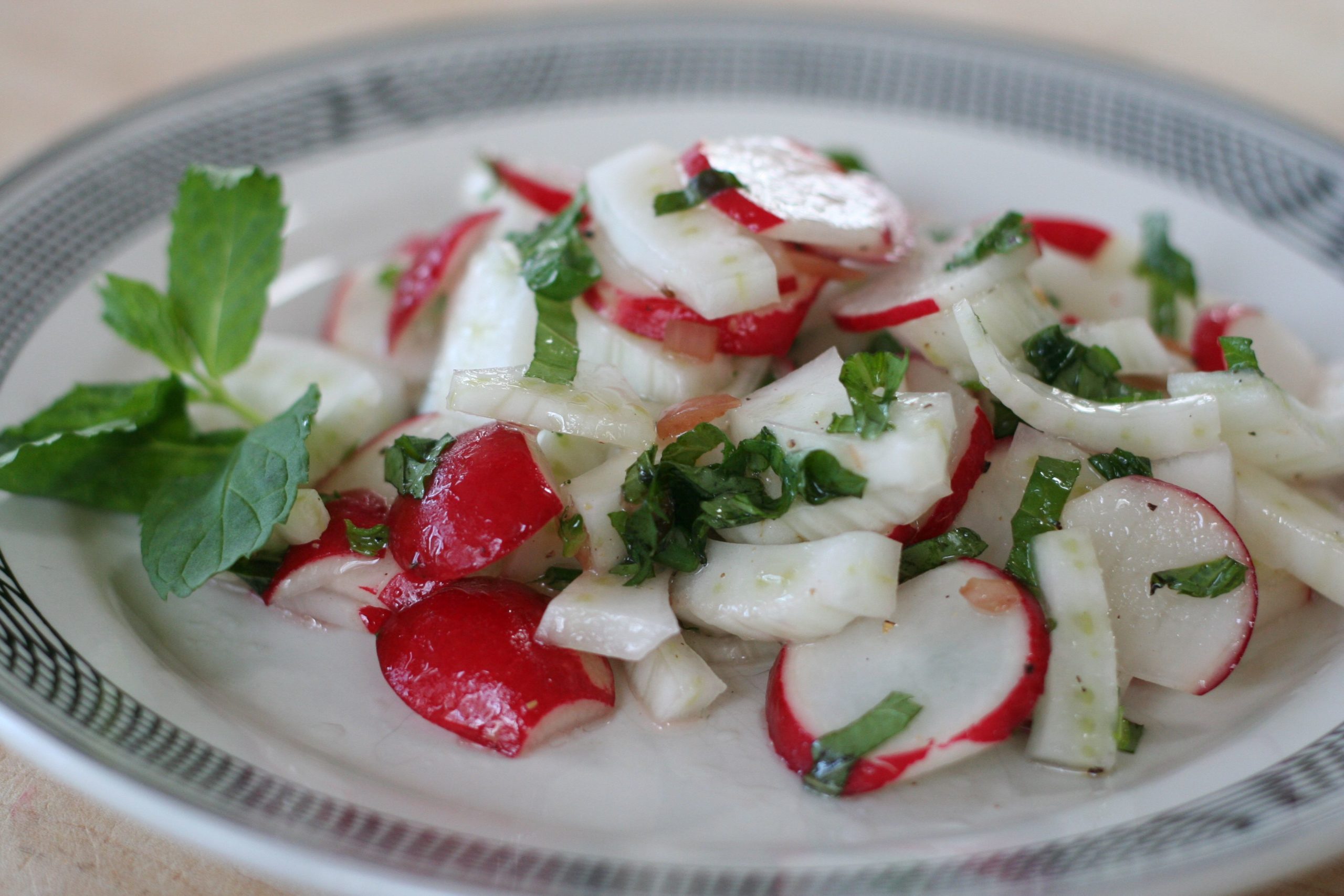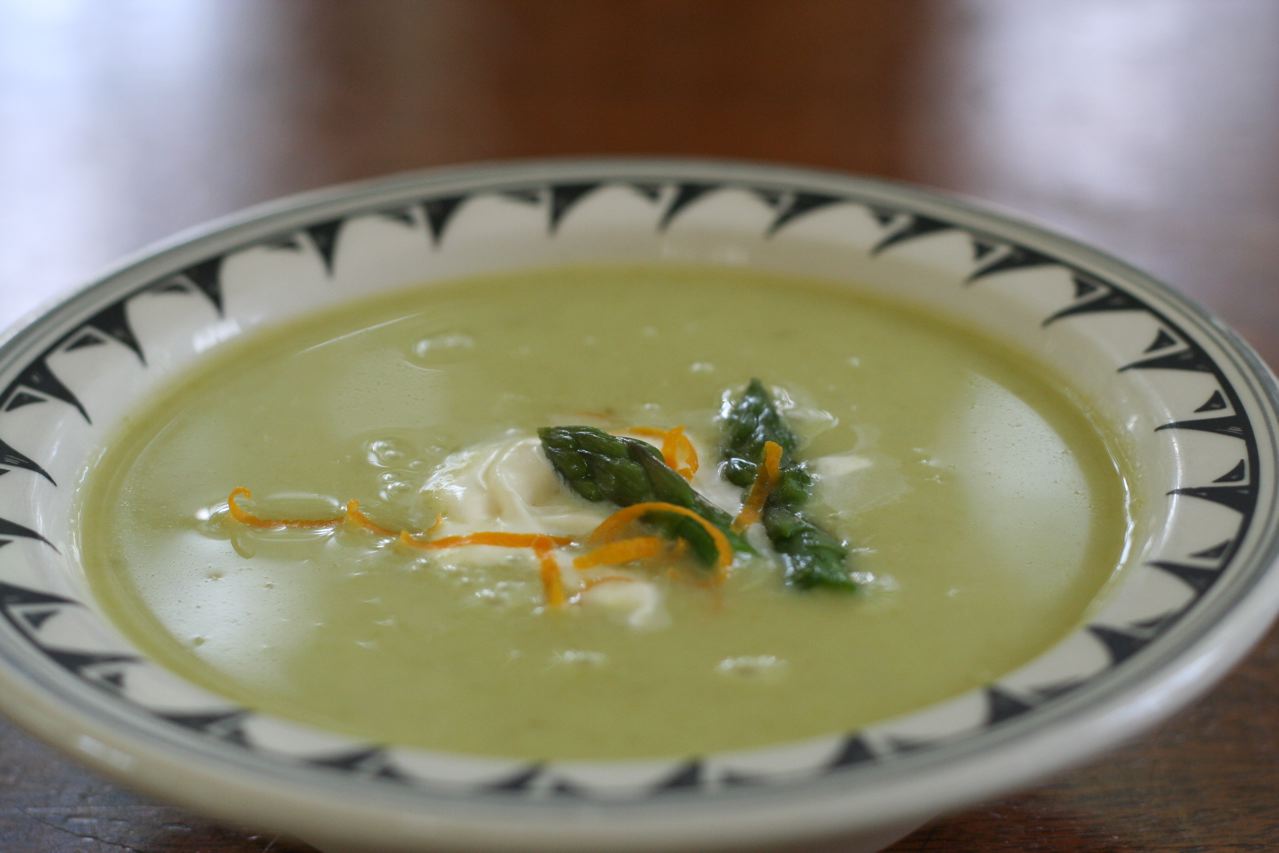Celebrating Seasonality- Fall Edition
Seasonality Matters
When you walk through a farmers’ market in September, October and November, the colors tell you everything you need to know: glossy purple eggplants, crisp red and yellow apples, orange winter squash in every shape, green late season zucchini, hearty, deeply colored greens, and red beets.
Cooking with the seasons is about understanding the “why” behind flavor, nutrition, and even kitchen efficiency. It’s not just a trend. Seasonality matters and leaning into it can instantly improve your food.
1. Flavor at Its Peak
A locally grown apple or pear picked and eaten in September or October smells and tastes wildly different from one in April or May. That’s because in-season produce is harvested when it’s ripe, not when it can survive a cross-country truck ride. Ripeness means more natural sugars, deeper aromas, and a texture that doesn’t need much fussing with. The pay off to the cook is that seasonal produce does most of the flavor work for you. For example, when you roast up some freshly harvested beets their sugars concentrate.

Check out this post on Apples for Baking
2. Better Nutrition Without Trying
When fruits and vegetables are harvested at their peak, they also carry their peak nutritional value. Spinach locally harvested in the cool months of April or October is more nutrient-dense than spinach that’s been stored, shipped, and handled for weeks. Eating seasonally isn’t just delicious — it’s a natural way to get more vitamins and minerals without supplements or stress. Even if you are like me and get excited and over buy when shopping at the farm market, what you’ve bought will last longer and retain more nutritional value than produce that has been shipped across country.
3. Cooking with Ease and Efficiency
Seasonal ingredients behave better in the kitchen. Winter squash holds its shape in stews. Roasting root vegetables, such as carrots, parsnips, and leeks, concentrates their flavors. Fall apples keep their bite in pies. When you cook with what’s in season, you’re working with the ingredient instead of pushing it to taste like it is something it’s not, a seasonally fresh ingredient.

Check out my post on Roasted Root Vegetables
4. Supporting Your Community (and Wallet)
When you shop at a farm market or participate in a CSA (Community Supported Agriculture) you are supporting farmers near you. Doing so not only keeps your meals fresher but also strengthens your local food system and economy. Your money goes directly to your local farmers allowing them to see better profit margins. Buying seasonally and buying locally, can, depending on your location, be less expensive. For instance in the fall, when there’s a glut of apples, you’ll see the price drop. This is a perfect time to load up on fantastically, flavorful apples and make applesauce!
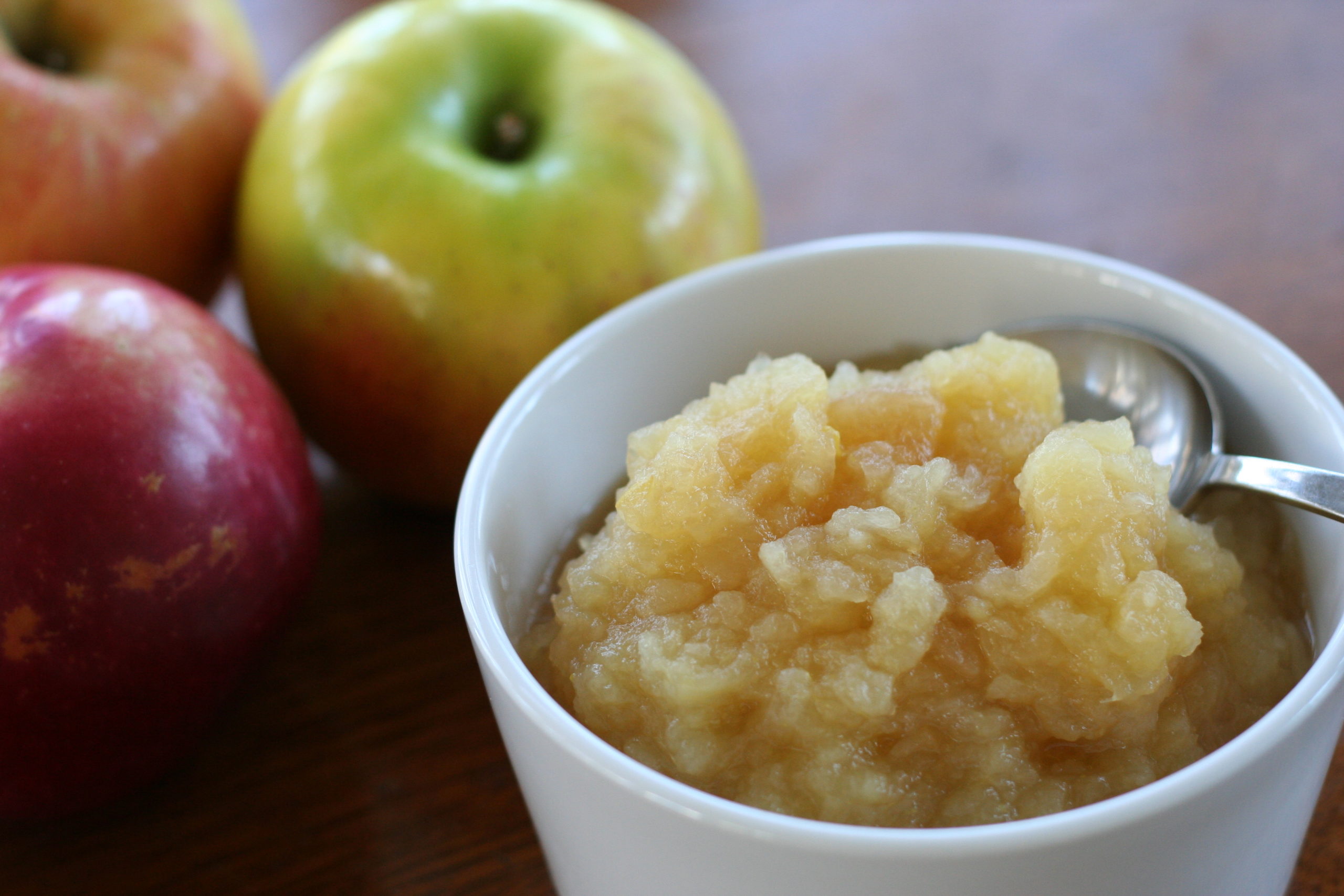
Check out my post on Apple Sauce
5. Cooking Becomes More Joyful
One of the most overlooked benefits of seasonality? Variety. Cooking with what’s fresh forces you to change your repertoire. You move from height of summer corn, cucumbers, and tomatoes to rich, dark greens such as kale and collard greens in the fall. Each season pushes you to try new recipes, new techniques, and new flavor pairings.
How to Start Cooking Seasonally
Visit a farmers’ market and see what’s abundant — that’s what’s in season. While you’re there, pick up an ingredient you might not be very familiar with. Ask the farmer or a shopper purchasing the item how they like to prepare it.
Use a seasonal produce chart for your region (many are free online) so that you can plan ahead before going to the farm market or grocery store. You might look up some recipes ahead of your produce shopping so that you can get inspired to try something fresh and seasonal.
Cook one seasonal dish per week to build the habit.

Check out my post on Pumpkin Soup
Final Thought
Seasonality isn’t a restriction; it’s a gift. It’s so exciting to walk into the farm market and see fruits and vegetables that weren’t present the last time you shopped there: the first fennel bulbs, winter squash or beets with vibrant leafy greens attached for instance. By cooking with the seasons, you elevate your meals with more flavor, better nutrition, and a deeper connection to the food on your plate. Next time you’re planning dinner, let the calendar — and the market — guide you. And have fun!
My Fall Recipes
What I’m drawn to now:
-
Dairy Free | Diet | Fall | Gluten Free | Ingredients | Meals & Courses | Produce | Sides | Vegan | Winter
Ibu’s Curried Butternut Squash
A friend recently asked me for a recipe with pumpkin. Truth be told, I don’t cook with pumpkin that often. I use other winter or hard squashes more frequently. So I’m offering up this butternut squash recipe in lieu of a pumpkin recipe.
-
Condiments, Dips & Sauces | Diet | Fall | Holiday, Occasion, Entertaining | Ingredients | Meals & Courses | Produce | Seasonal | Vegan
Easy Cranberry Sauce
Another Thanksgiving favorite of mine is cranberry sauce. I’ve loved it since childhood. However, I have to admit that what I loved in childhood was the canned, jellied kind, which seemed almost magical. My mom would open both ends of the can and then push it out one end. There it would sit on the serving…
-
Diet | Fall | Ingredients | Meals & Courses | Nuts | Produce | Salad | Spring | Vegan
Mache, Butter Lettuce, Fennel, & Walnuts with Lemon Walnut Vinaigrette
This is a lovely fall/winter salad to enjoy when the air turns chilly and the fall walnut harvest has arrived in the market. I crave it when the air turns cool and make it over and over throughout the winter months. Mache, also known as lamb’s lettuce or corn salad, is a small, soft, silken…
-
Appetizer | Diet | Fall | Ingredients | Meals & Courses | Produce | Sides | Summer | Vegan
Fresh, Simple Zucchini with Mint
A gardener friend once said that if she were ever a castaway on a deserted island she would want to have a squash seed with her. One seed and she could grow a large vine and plenty of food! If you’ve ever grown zucchini in your garden you know what she meant. A healthy zucchini vine…
-
Appetizer | Fall | Ingredients | Meals & Courses | Produce | Summer
Fresh Figs with Proscuitto
The first time I ever saw, touched, and tasted a fresh fig was a revelation. My knowledge of figs until then was mostly confined to Fig Newtons. I didn’t even know what a fresh fig looked like until I saw it at a health food store in Santa Cruz, CA in the late 70s. The…
-
Cooking Basics | Fall | Ingredients | Produce | Techniques
Apples for Baking
I’m not very focused on baking, so when I want to bake something with apples I find myself in a quandary, as I don’t know which are the best for baking. In my experience, some apples are reduced to mush by the baking process. Others hold up but don’t taste great. Then there are those…
-
Cooking Basics | Fall | Ingredients | Nuts | Snacks | Techniques
Toasted, Peeled Walnuts
Toasting nuts is a lovely way to deepen their flavor and firm their texture. They don’t actually become crispy, but they develop a firmer texture. After they are toasted, the skins become loose and you can rub them off in a towel. The tannins, which are bitter, are located under the skins. So, when you rub…
-
Cooking Basics | Fall | Ingredients | Produce | Sides | Techniques | Vegan | Winter
Roasted Root Vegetables
Roasted root vegetables are so simple to prepare. They add a deep, earthy heartiness to a meal. The vegetables above graced our Thanksgiving table. I recommend them as a satisfying side for roasted meats, such as turkey, ham, or beef. Our vegetarians guests found them filling and comforting, too.
-
Thanksgiving Recipes
As you might imagine, Thanksgiving is my favorite holiday. Here is a selection of my recipes that will complement any Thanksgiving table. Just click on the links to go to the relevant recipes on the blog.
-
Zucchini Fritters
Zucchini and other summer squash are very prolific. Therefore, one can never have too many delicious, quick recipes for them. This one is a family favorite. I’ve found that even finicky kids and hesitant adults are willing to try these tasty zucchini fritters; and unsurprisingly to me, they always love them.
-
Cooking Basics | Fall | Garden | Ingredients | Produce | Summer | Techniques
How to Choose Zucchini and Other Summer Squash
The first thing you need to know when choosing zucchini, or any other summer squash, is to look for the smallest ones; they will be the sweetest and most tender. In the photo above, there are yellow patty pans, dark green zucchini, and striped zucchini. Note that I have large and small examples of each…
-
Diet | Fall | Gluten Free | Ingredients | Meals & Courses | Produce | Salad | Vegan
Radish and Fennel Salad with Mint
Food is memory. This simple salad stirs memories that stretch through my life. Common red radishes were a favorite of my mother’s and thus an element of my childhood. I often came home from school to find my mother, in from gardening, standing at the kitchen sink eating radishes. Fennel is a vegetable I first…

